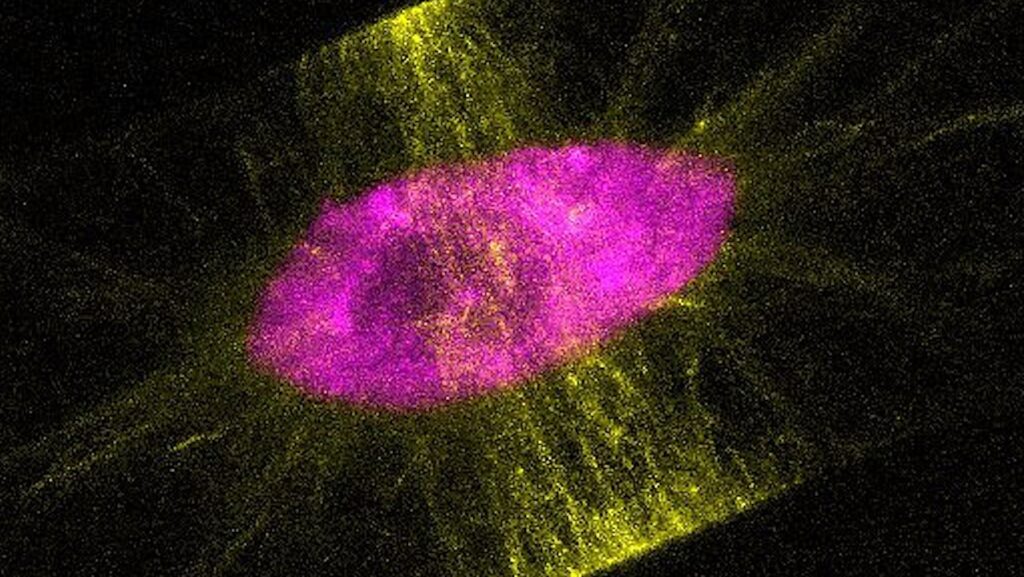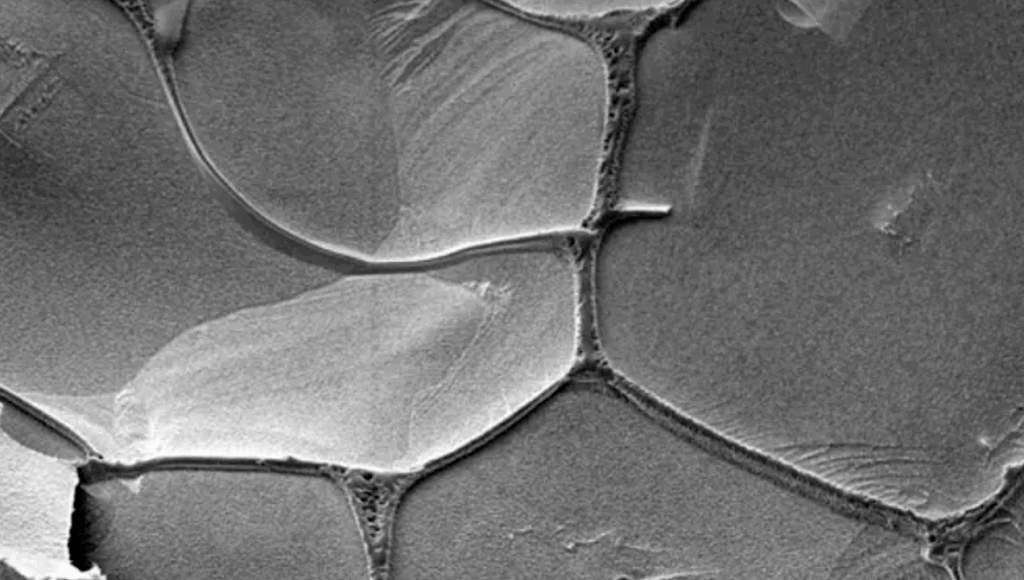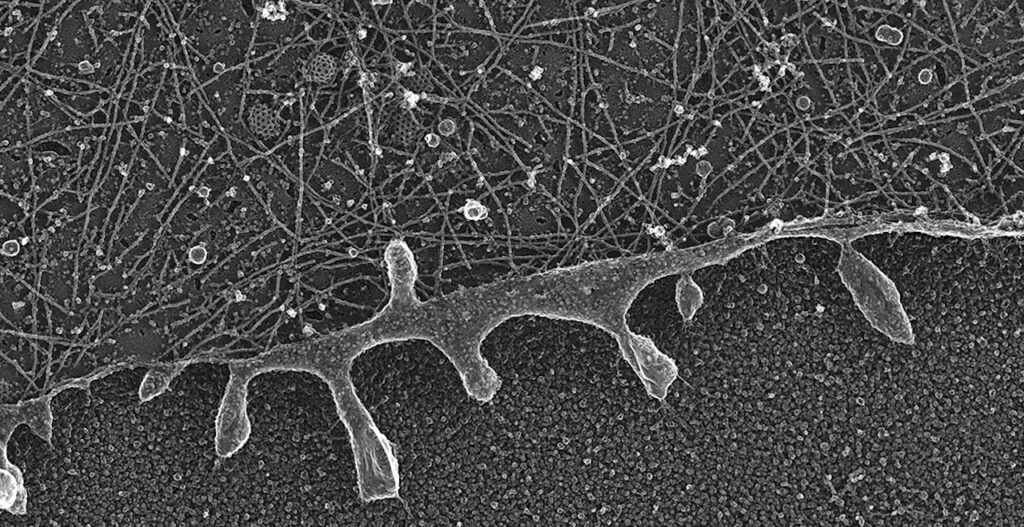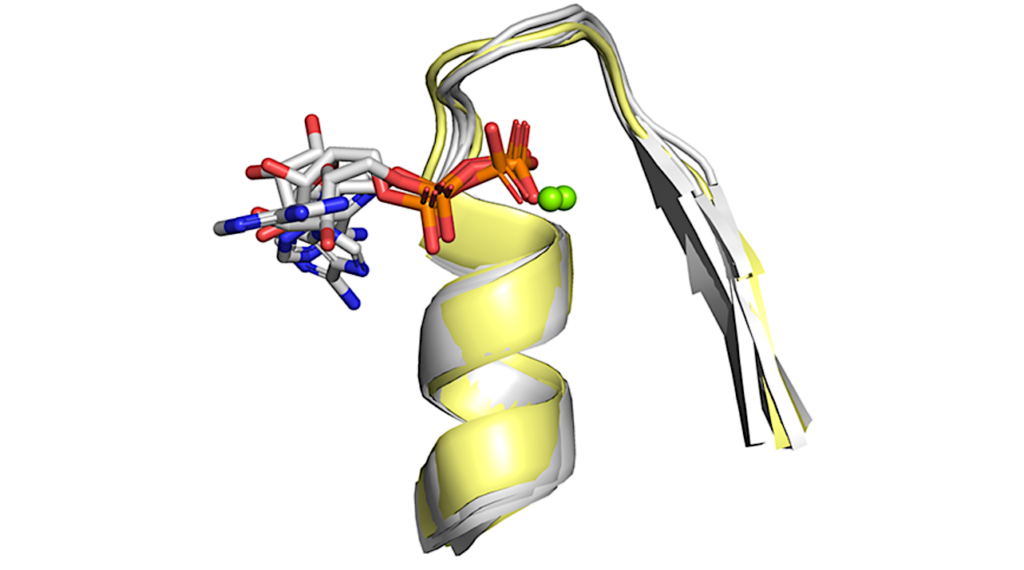Genomic and Phenotypic Characterization of Burkholderia Isolates from the Potable Water System of the International Space Station

The opportunistic pathogens Burkholderia cepacia and Burkholderia contaminans, both genomovars of the Burkholderia cepacia complex (BCC), are frequently cultured from the potable water system (PWS) of the International Space Station (ISS).
Here, we sequenced the genomes and conducted phenotypic assays to characterize these Burkholderia isolates. All recovered isolates of the two species fall within monophyletic clades based on phylogenomic trees of conserved single-copy core genes. Within species, the ISS PWS strains all demonstrate greater than 99% average nucleotide identity (ANI), suggesting that they are of a highly similar genomic lineage and both individually may have stemmed from the two founding clonal strains before diverging into two unique sub strain populations. No evidence for horizontal gene transfer between the populations was observed. Differences between the recovered isolates can be observed at the pangenomic level, particularly within putative plasmids identified within the B. cepacia group.
Phenotypically, the ISS-derived B. cepacia isolates generally exhibit a trend of lower rates and shorter duration of macrophage intracellularization compared to the selected terrestrial reference strain (though not significantly), and significantly lower rates of cellular lysis in 7 of the 19 isolates. ISS-derived B. contaminans isolates displayed no difference in rates of macrophage intracellularization compared to the selected reference, though generally increased rates lysis, with 2 of the 5 significantly increased at 12-hours post inoculation.
We additionally find that ISS-isolated B. contaminans display hemolytic activity at 37°C not demonstrated by the terrestrial control, and greater antifungal capacity in the more recently collected isolates. Thankfully, the ISS-derived isolates generally exhibit 1-4 times greater sensitivity to common antibiotics used in their clinical treatments. Thus, despite their infection potential, therapeutic treatment should still have efficacy.
Aubrie O’Rourke, Michael D Lee, William C Nierman, Chris L Dupont
doi: https://doi.org/10.1101/753087
This article is a preprint and has not been certified by peer review
https://www.biorxiv.org/content/10.1101/753087v2
Astrobiology








